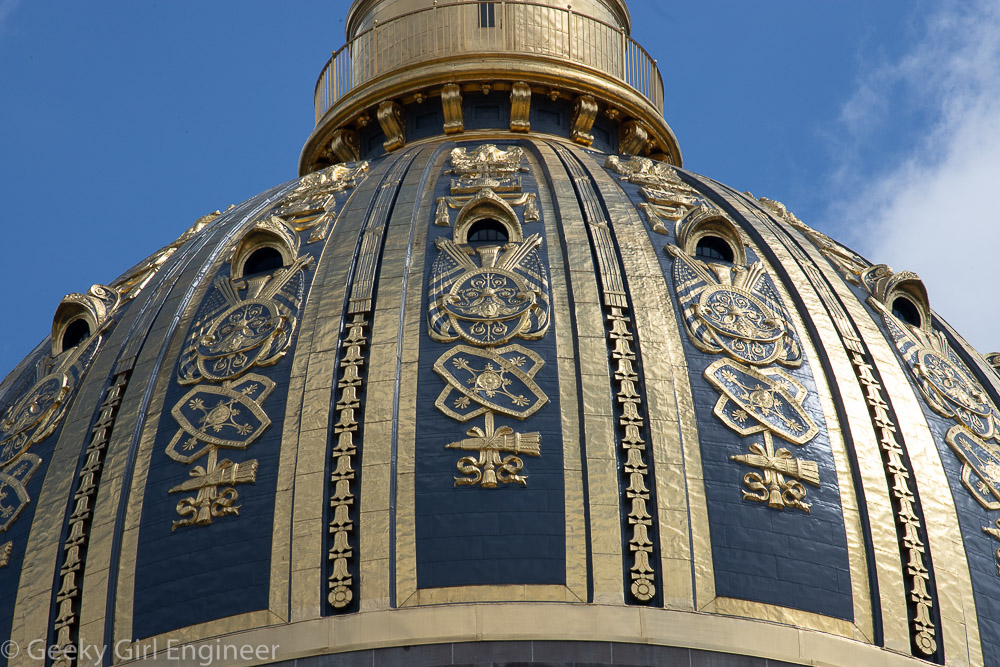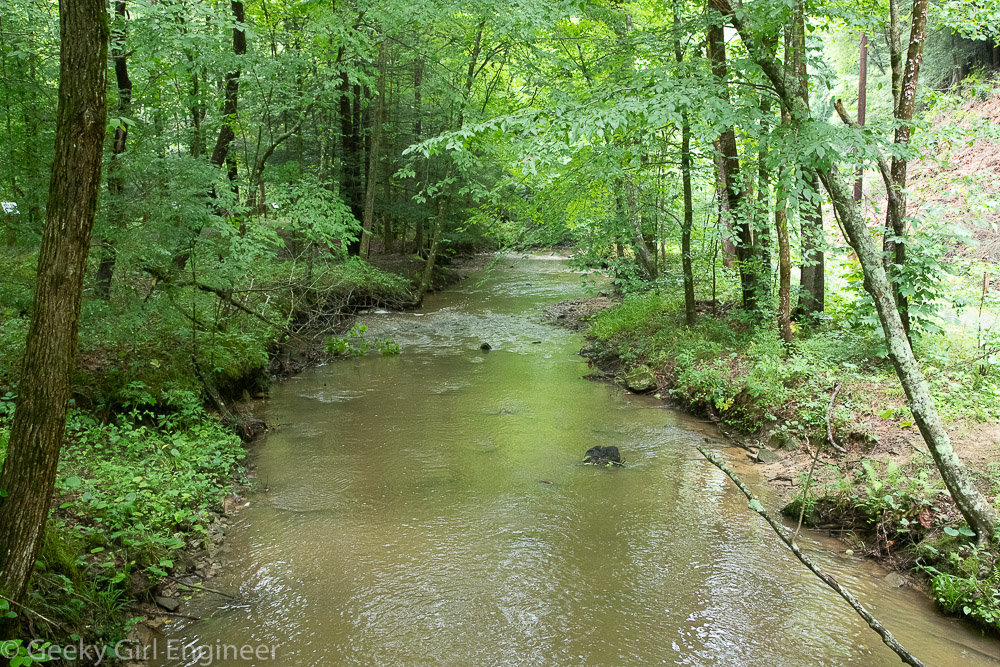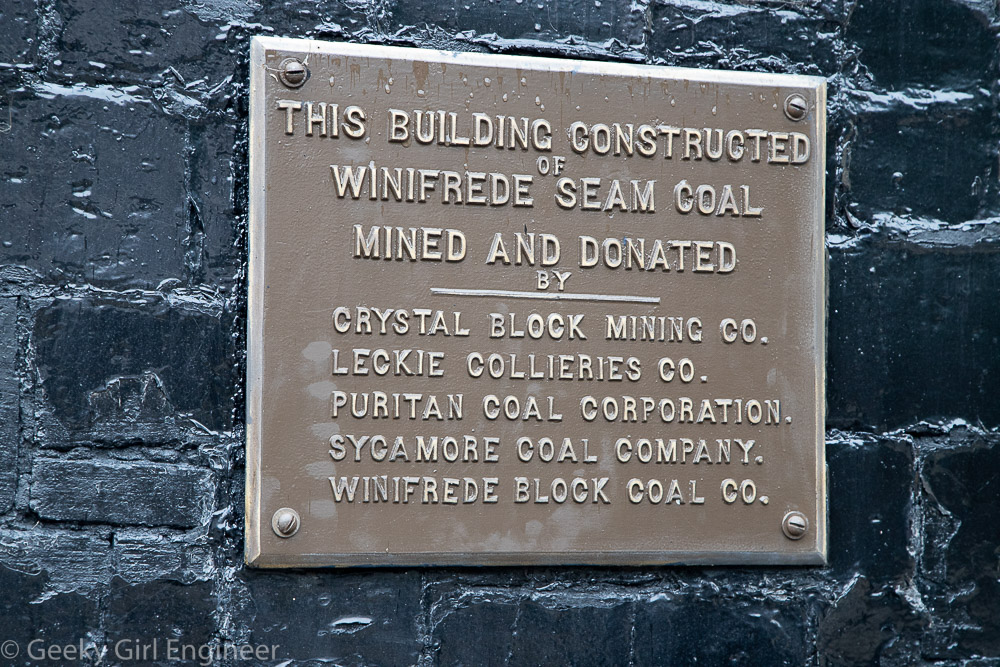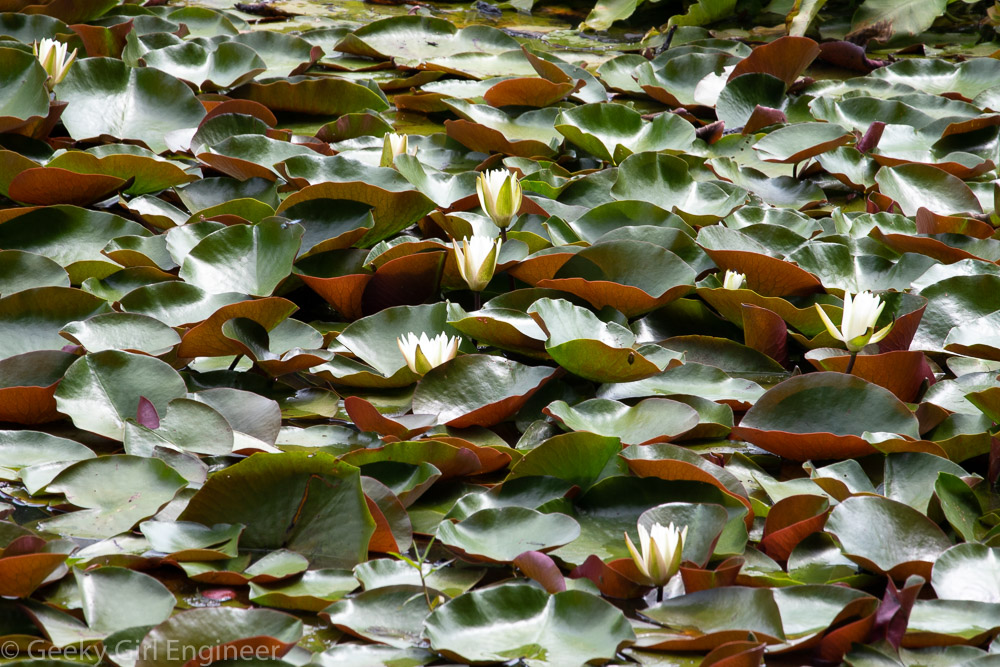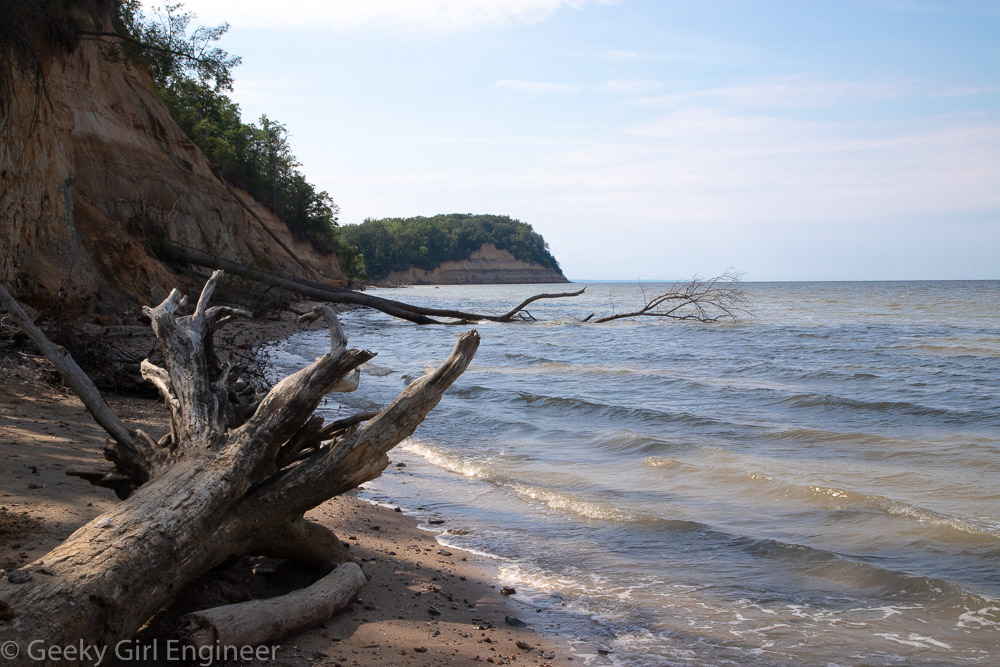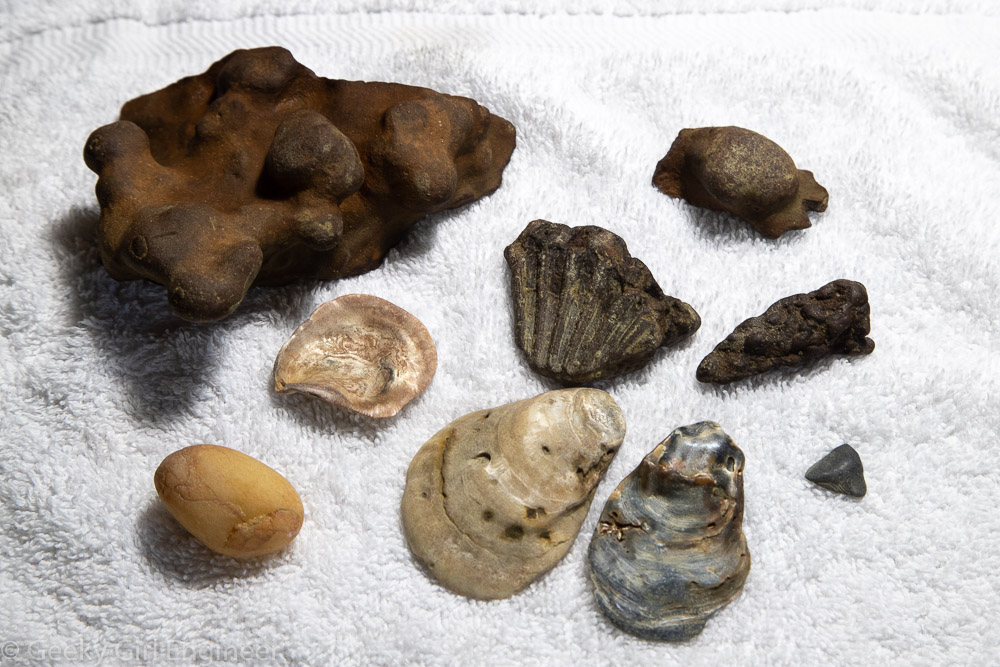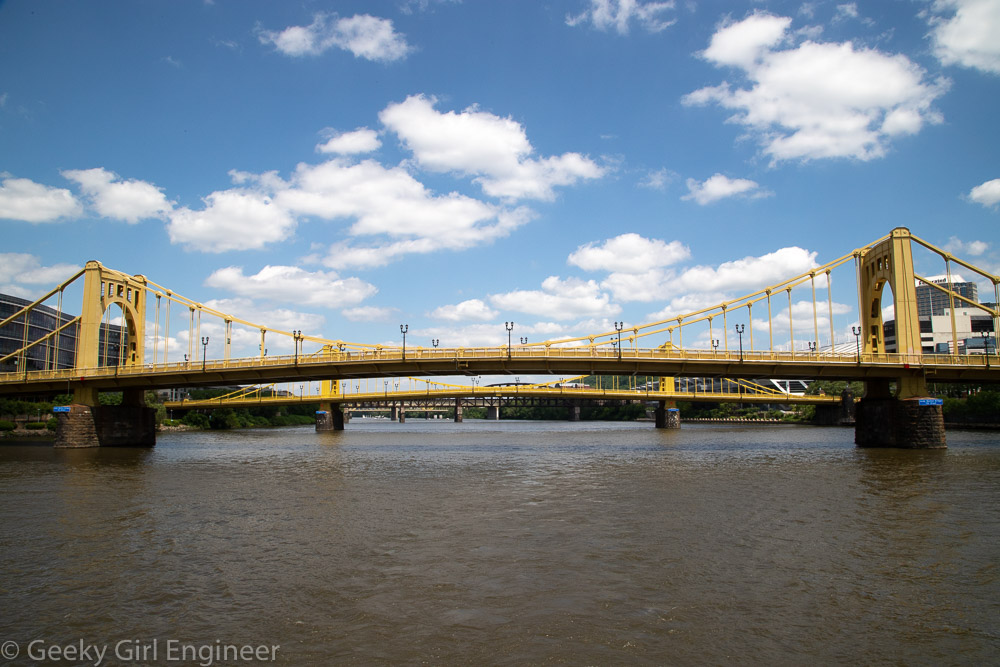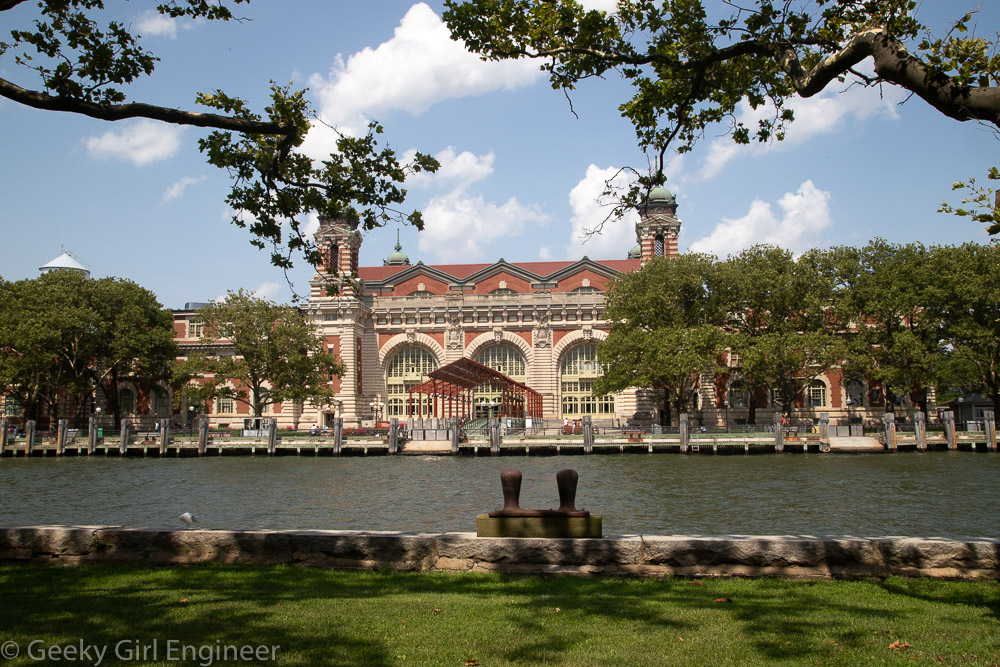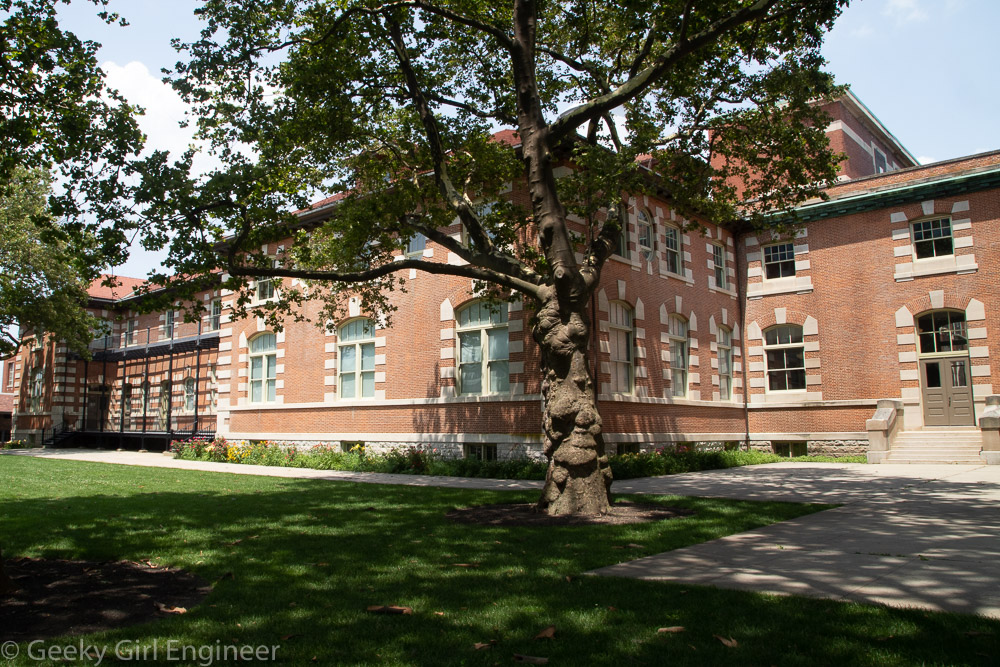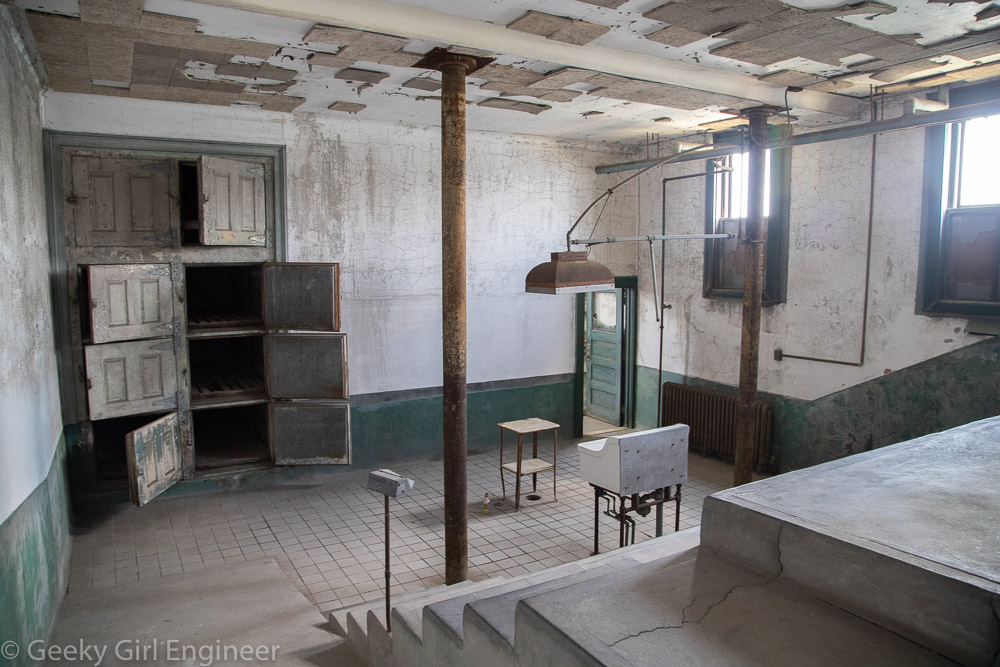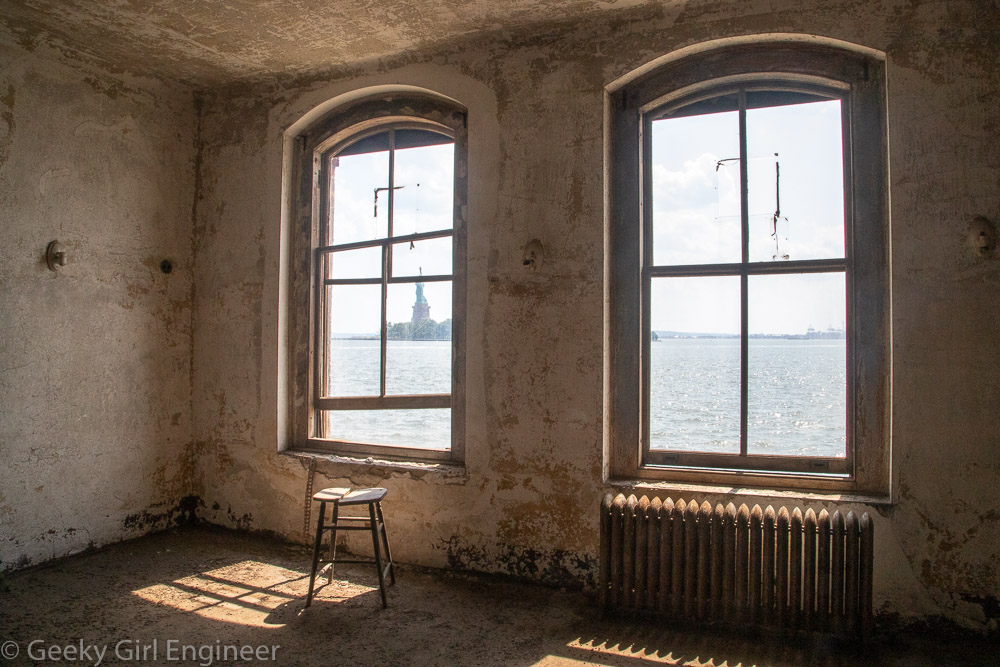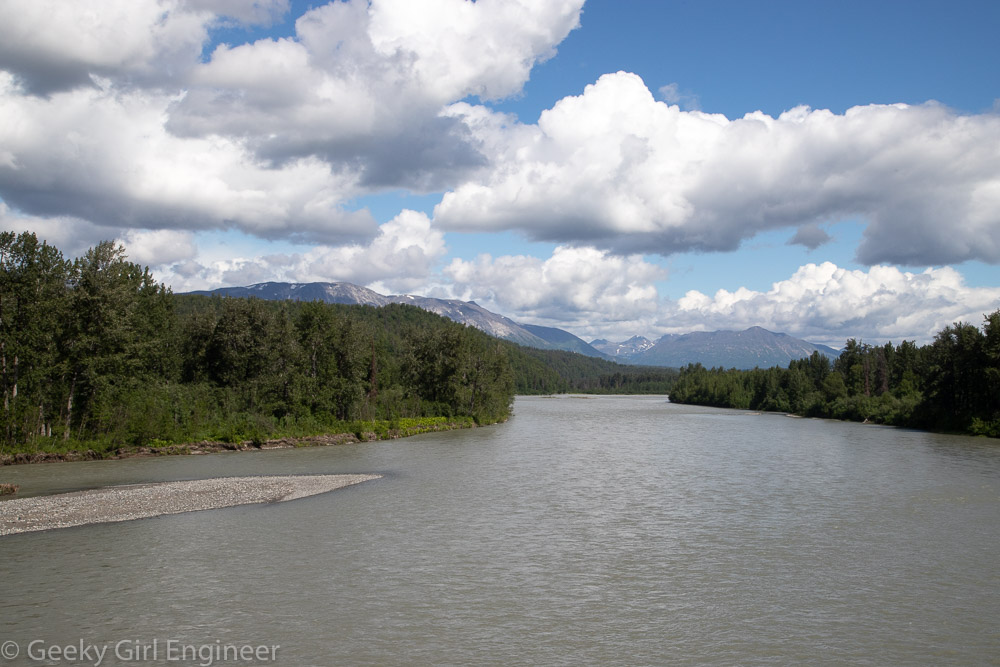I continue in my quest to see all the state capitols. Today, I checked off West Virginia. The current, sixth, and final state capitol is gorgeous but not overly ornate. As just stated, it is the sixth capitol, and the short history of why West Virginia has had that many is one of the reasons why guided tours of capitols are so worth it. The original capitol was in Wheeling from 1858-1870. The Legislature decided to move it to Charleston. According to my guide, Wheeling then stated they would build a wonderful new building and pay for it if they moved the capital back to Wheeling, which they did in 1875. [This sounds like cities competing for sports franchises.] People evidently complained about how far away Wheeling was from the rest of state, and most wanted one more centrally located. Then there was a state wide vote, and Charleston won, and the capital moved back there in 1885. [At this point, you have to wonder if there was niche market for move the capital by steamer business.] Now, I get to the best part of this story, which is about the fourth capitol (and second Charleston capitol). The state had confiscated a whole lot of ammunition, gunpowder, and other material from protestors and/or strikers in coalfields. At least one version of the story I found says the ammunition belonged to police. The capitol was rather large, and evidently they had a bunch of storage space, so with what was thought a good idea at the time, they stored it in the capitol. It caught fire somehow, and the building burned for three days. The fifth capitol was then built really quickly after that, and then they built the current building.
The building is like most capitols with lots of marble and other natural stone. The central dome is really pretty. I like the contrasting colors. The dome and each of the chambers have crystal chandeliers on which the state did not skimp. The senate chamber is red, but the house chamber is more pinkish red. The senate has a small dome with skylight, but the house has larger square skylight. It may have just been the time of day I was there, but the house chamber had more light from the skylight. The exterior of the central dome has lots of real gold, according to my guide, and I think the gold is contrasted nicely with the blue paint.


